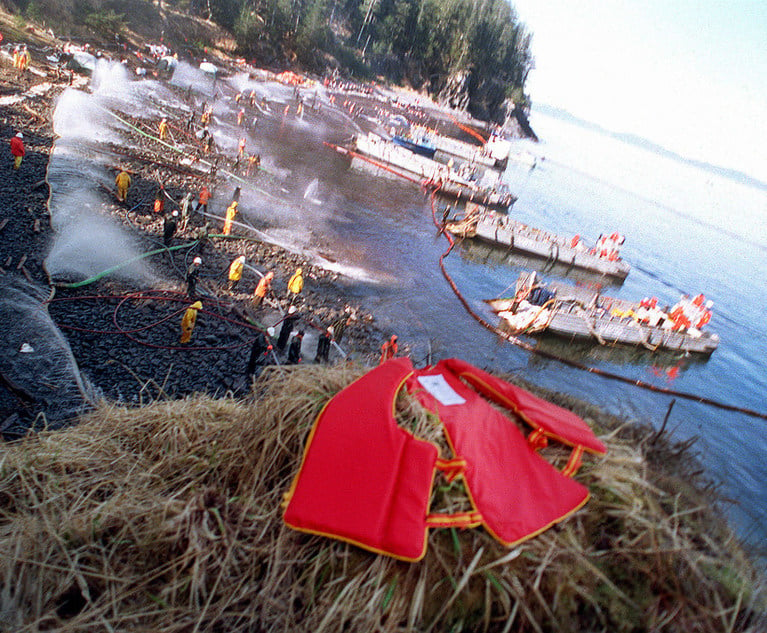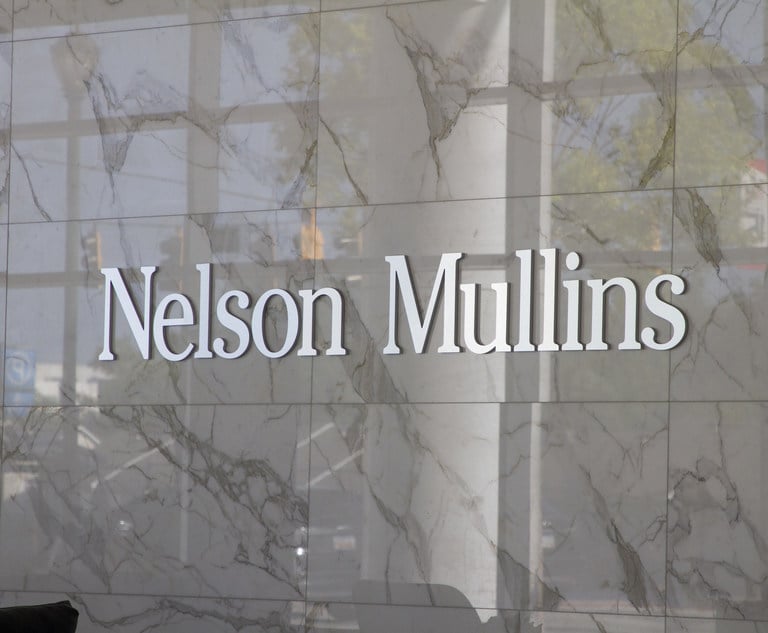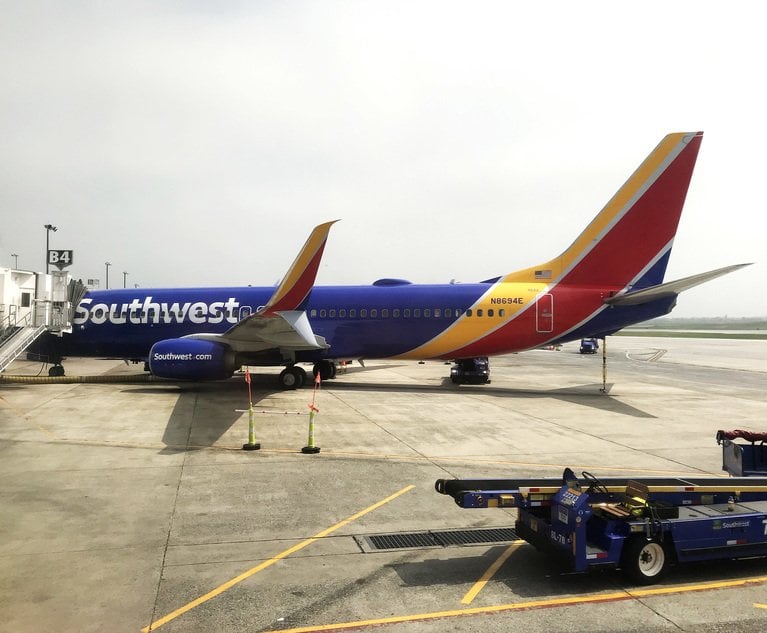Following the Exxon Valdez pollution disaster in Alaska in 1989, Congress enacted the Oil Pollution Act of 1990 (OPA) to deter future discharges by requiring the gradual phasing in of double-hulled vessels to carry oil and implementing a strict-liability regime that imposed liability on the “responsible party,” that is, either the vessel or facility from which the spill originated. Congress also ratcheted up the potential sanctions to include potential unlimited liability for removal costs and damages, and criminal liability exposure for the negligent discharge of oil into navigable waters eliminating the need to prove up any mens rea (criminal intent). OPA has had an incredibly beneficent effect on the number and volume of oil discharges from vessels in U.S. waters, drastically reducing both (the number of annual incidents has fallen from 6,000 in 2002 to less than 3,000 in 2016, and the volume has plummeted to well less than 500,000 gallons annually, save for the catastrophic 2010 Deepwater Horizon disaster; before 1990, annual average oil spilled ranged between 10 million and 20 million gallons).
Yet, smaller but pernicious intentional discharges continue to occur worldwide when engineers aboard ships bypass the installed oil-water separator (OWS) and discharge oily water directly over the side. To combat such discharges, Congress included in the Act to Prevent Pollution from Ships (APPS) a whistleblower provision that permits the court to award up to half of any fine paid for APPS violations to any person providing information to the U.S. Coast Guard that leads to a conviction. With the advent of smartphones to visually record and transmit evidence of installed so-called magic pipes used to bypass the OWS, the Coast Guard continues to investigate numerous incidents, referring cases to the U.S. Department of Justice’s Environmental Crimes Section when facts warrant, and the DOJ then pursues criminal-enforcement action.


 U.S. Navy Mechanized Landing Craft anchored along the shoreline as Navy and civilian personnel position hoses during oil cleanup efforts on Smith Island after the Exxon Valdez oil spill. Photo: PH2 Poche via Wikipedia.
U.S. Navy Mechanized Landing Craft anchored along the shoreline as Navy and civilian personnel position hoses during oil cleanup efforts on Smith Island after the Exxon Valdez oil spill. Photo: PH2 Poche via Wikipedia.




